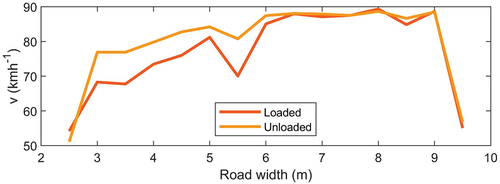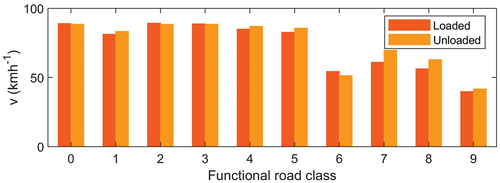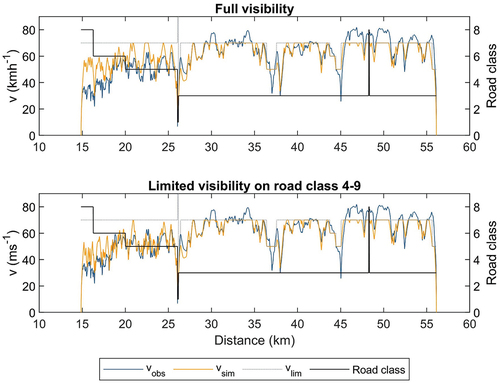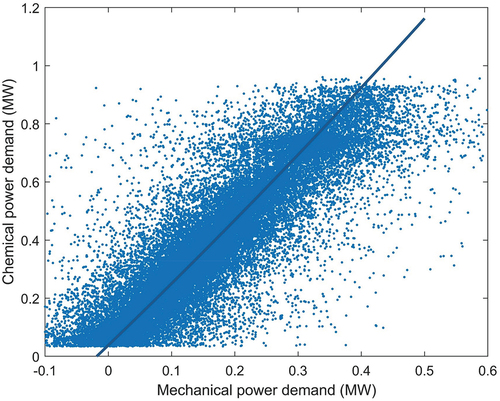Figures & data
Table 1. Test fleet composition. “Axles” refers to the number of axles on the truck and the trailer, respectively. In general, maximum allowed gross vehicle weight for combinations with 7, 8, and 9 axles are 64 tonnes, 70 tonnes, and 74 tonnes.
Table 2. Symbols used for the behavior model.
Table 3. Deceleration depending on speed. Intervals in kmh−1 and deceleration in ms−2. (intervals do not include their right end point.)
Table 4. Acceleration depending on speed. Intervals in kmh−1 and acceleration in ms−2 (intervals do not include their right end point.).
Figure 1. Relationship between curvature and speed for one of the vehicles when loaded and unloaded.
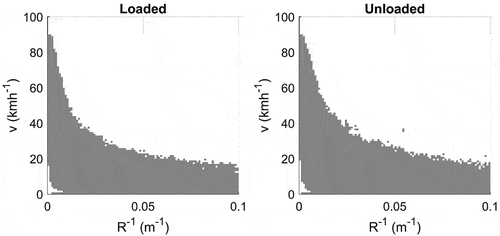
Figure 2. Empirical relationship between curvature and maximum speed during winter and spring when loaded and unloaded. Also indicated is the dependency according to a formula used by the Swedish Road Administration (Citation2004).
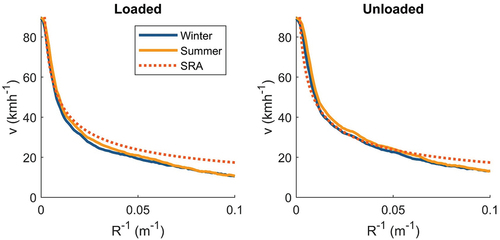
Table 5. Symbols used for the vehicle response model.
Table 6. Measured coefficients of rolling resistance for 15 vehicles. Values are normalized to 0 °C and a temperature sensitivity of per 1 °C.
Figure 8. Comparison between real time and simulated time for a set of driving cycles during winter and summer.
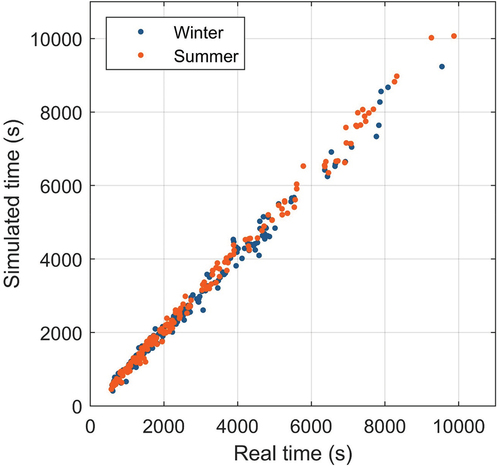
Table 7. Accuracy and precision for the driver simulator during winter and summer.
Figure 9. Comparison of observed and computed fuel consumption for a number of routes of varying length during winter and summer.
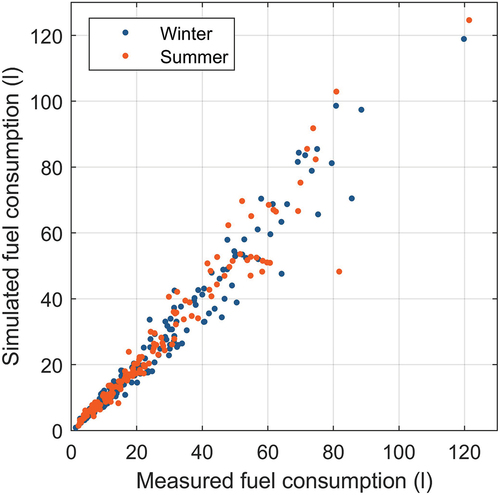
Table 8. Accuracy and precision for the fuel consumption model applied on simulated driving cycles of varying length during winter and summer.

